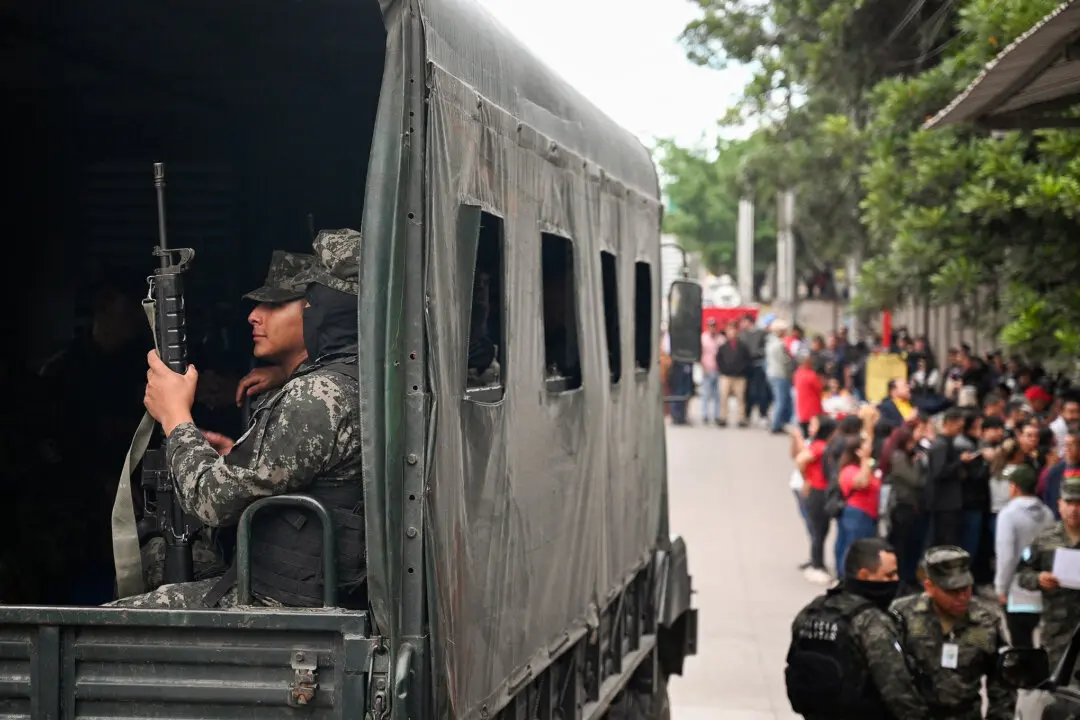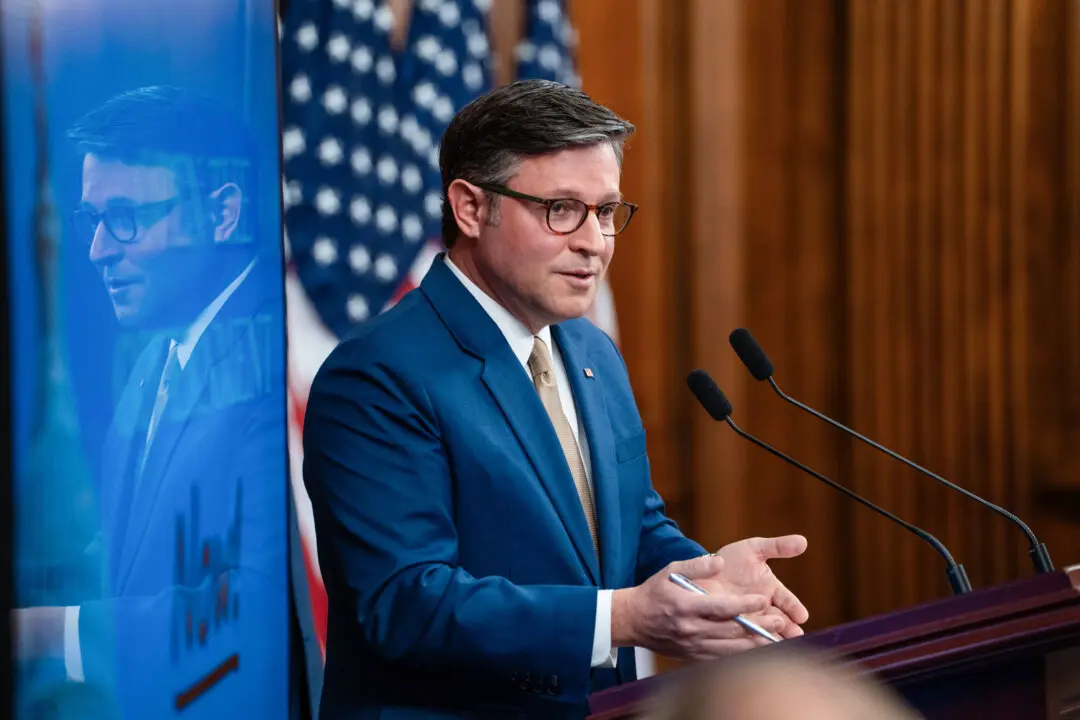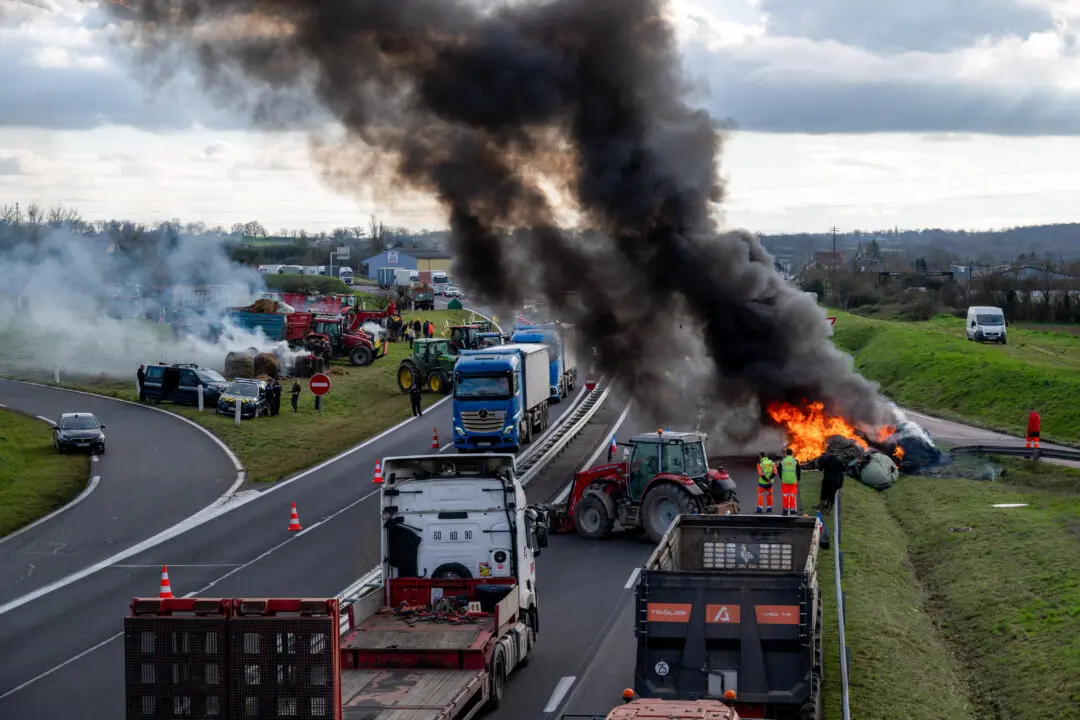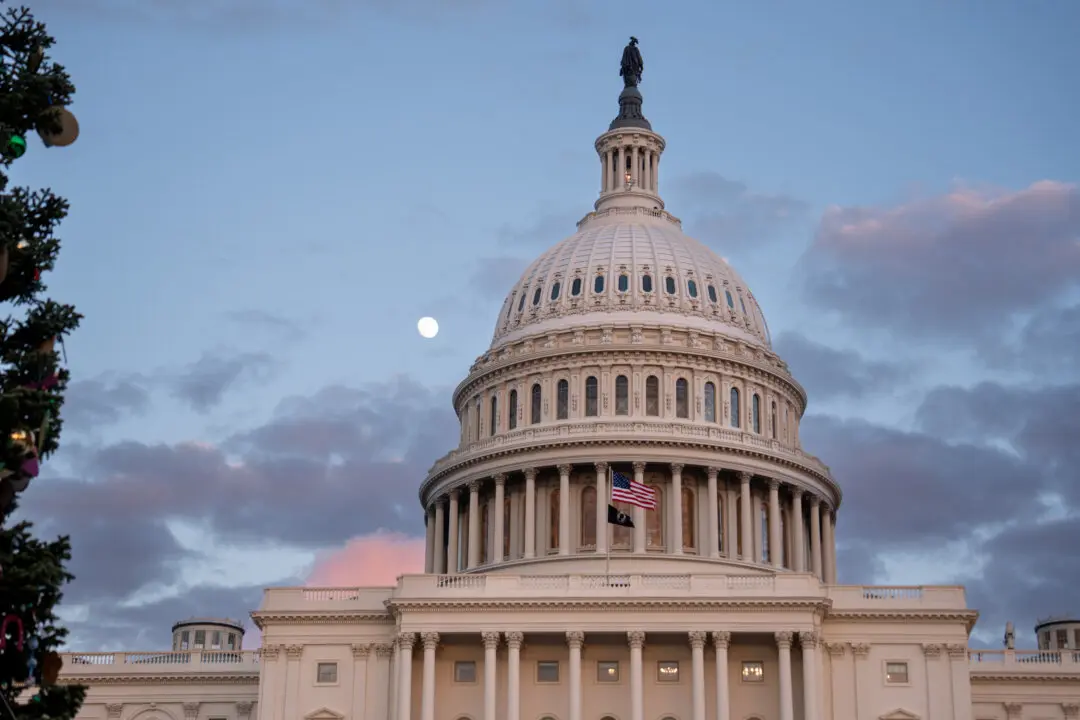Rebels forces have used social media to rally support for national uprisings; human rights advocates have used YouTube to expose atrocities perpetrated all over the world; even the Pope tweets.
Pope Benedict XVI sent his first tweet on Dec. 12: “Dear friends, I am pleased to get in touch with you through Twitter. Thank you for your generous response. I bless all of you from my heart.”
YouTube, Facebook, Twitter, and other social networking sites allow users to express their ideas with relatively few barriers or restrictions. As some nations, such as Russia and China, increase Internet censorship, netizens flock to social media for free exchange.
Russia ranks third on the top 10 list of countries where social media use is most prevalent. It passed a law this year that gives the government the power to ban any websites deemed either harmful to children or extremist. The latter restriction has worried freedom of speech advocates who say the language of the law is vague enough that the government could use it to silence opposition sites.
Over the past year in China, more people started using Weibo microblogging sites to skirt censorship. Censors scrambled to stamp out new words or phrases, such as “Xi Jinping” (the name of China’s new leader). During the 18th National Party Congress in November, Chinese Internet users could not talk about much due to heightened security.
Social networking has become the most popular online activity worldwide.
Social networking sites now reach 82 percent of the world’s Internet population. According to the Pew Research Center, Britain is currently the country with the most people using social networking sites.
Top 10 countries that use social media:
Britain
USA
Russia
Czech Republic
Spain
Poland
Brazil
France
Italy
Turkey
Whether it is free speech, efficiency in business, live updates on what’s happening in the world, or simply chatting with friends, social media is at the center of a worldwide evolutionary process.




